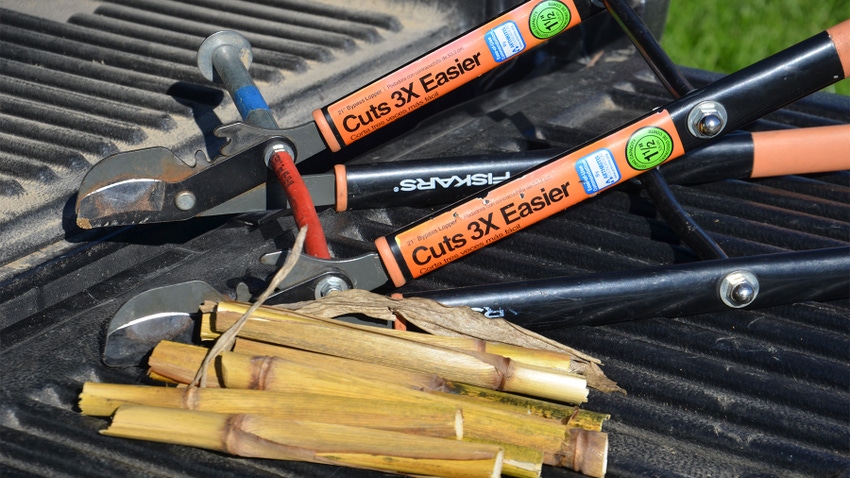July 24, 2023

Our agronomist wants to take stalk samples for nitrates again. He is the only one who makes money — we have yet to change anything based on sampling. Is there any benefit?
The Indiana certified crop adviser panel answering this question includes Steve Gauck, regional agronomy manager for Beck’s, Greensburg, Ind; Bryan Overstreet, Conservation Cropping Systems Initiative agronomist, Valparaiso, Ind.; Dan Quinn, Purdue Extension corn specialist; and Dan Ritter, central region agronomist, Dairyland Seed.
Gauck: Stalk nitrate tests help you understand how your nitrogen plan is working with that hybrid. If yields are lower than expected, this test can help determine if nitrogen was limiting. The challenge is that each hybrid uses nitrogen differently.
A workhorse hybrid that is considered to have good standability and disease resistance will have a higher stalk nitrate test because it holds some energy in the stalk. A racehorse, high-yielding hybrid will take everything from the stalk and put it toward grain. Once you understand how your hybrid uses nitrogen, this test allows you to adjust if needed.
Overstreet: The stalk nitrate test is a postmortem test, telling what happened this year. If you have been doing it for a few years, you have a base, but it may be different each year. It’s useful if you’re comparing different management systems such as different nitrogen rates to see which one was more efficient. If you’re not using the data to change anything, I don’t think it is worth the expense.
Quinn: The challenge with the stalk nitrate test is that it is taken after grain is physiologically mature, so it doesn’t allow for in-season nitrogen adjustments. Instead, this test can help make nitrogen decisions for the future. However, optimum nitrogen rates can shift dramatically from year to year due to environmental conditions.
This end-of-season nitrogen assessment can give you an idea if the nitrogen rate applied was low, sufficient or excessive. The basis for the test comes from the fact that corn plants deficient in nitrogen will remobilize nitrogen from the lower portions of the stalk to the developing grain. Corn with excessive nitrogen will store that excess in the lower portion of the stalk.
In my opinion, stalk nitrate tests have their challenges and are a tool best combined with additional data. There are better tactics to assess corn nitrogen requirements, including trying different rates in strips and using in-season tissue and soil tests to assess nitrogen availability.
Ritter: It’s like purchasing insurance. Are you concerned that you don’t collect on fire insurance? You pay the premium every year, yet rarely collect. So, it could be that your nitrogen management program is working fine, and nothing needs adjusting. It sounds like you’re applying enough, and it is getting to the plant. That seems like great news! However, each year can present new challenges and opportunities.
Stalk and tissue samples can tell us what is getting to the plant, whereas soil tests tell us what is in the soil. Determine what knowing all this is worth to you. Perhaps you only test in years where you feel there may be a problem, or you only test a portion of your acres. Having annual tests may provide peace of mind and proof that your management program is solid. Determining that value is up to you.
You May Also Like




